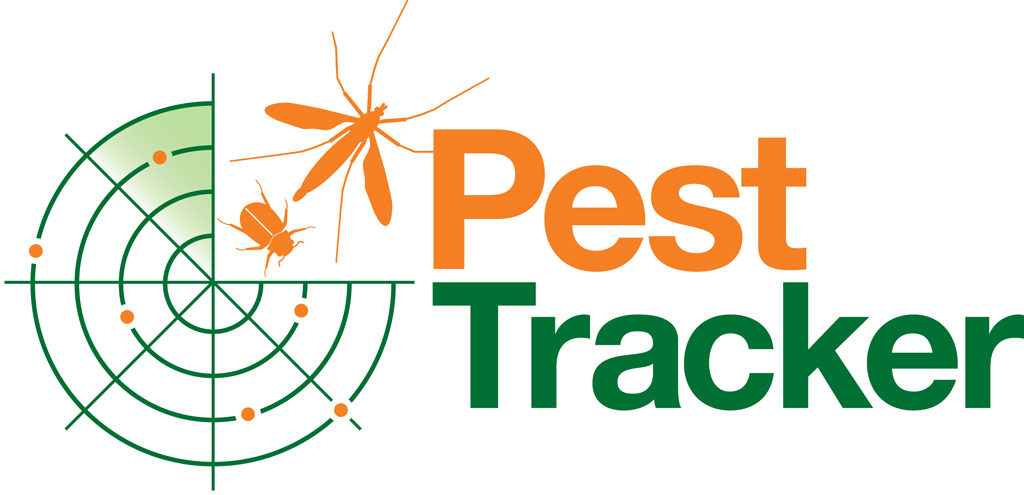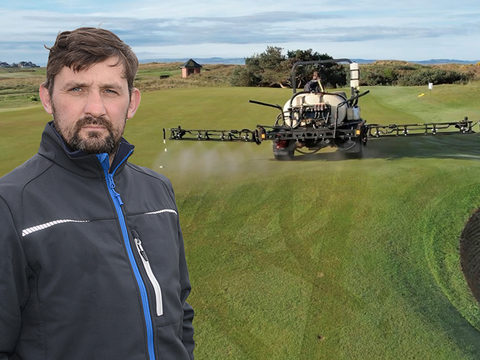Timing to refine leatherjacket actions on greens
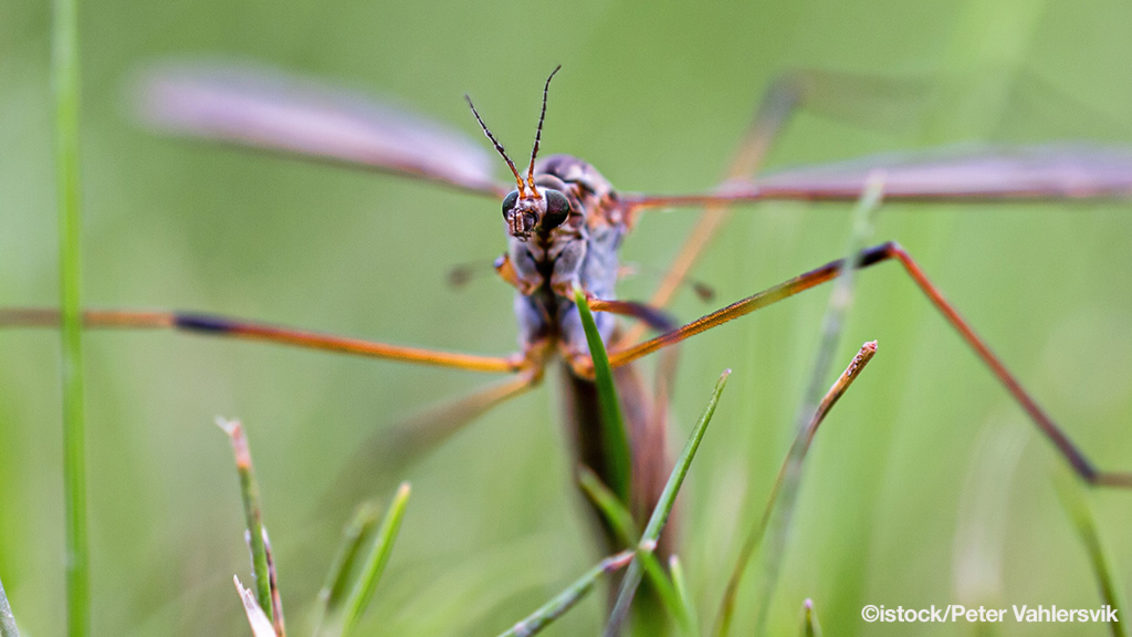
New Syngenta research has identified a series of techniques and refinement of practices that could further enhance control of leatherjackets and help to mitigate the damage they cause on greens.
Trials undertaken with greenkeepers and clubs in some of the most challenging situations has revealed some important pointers for a better understanding of the target pest, along with tailoring future site specific advice, reports Syngenta Technical Mananger, Glenn Kirby.
The work has involved nine courses with recognised leatherjacket issues, studying work on over 100 greens.
Results with Acelepryn have been extremely positive for most fairway applications, where turf management operations are less intense, plants are more tolerant to higher leatherjacket populations and where expectations may not be so high.
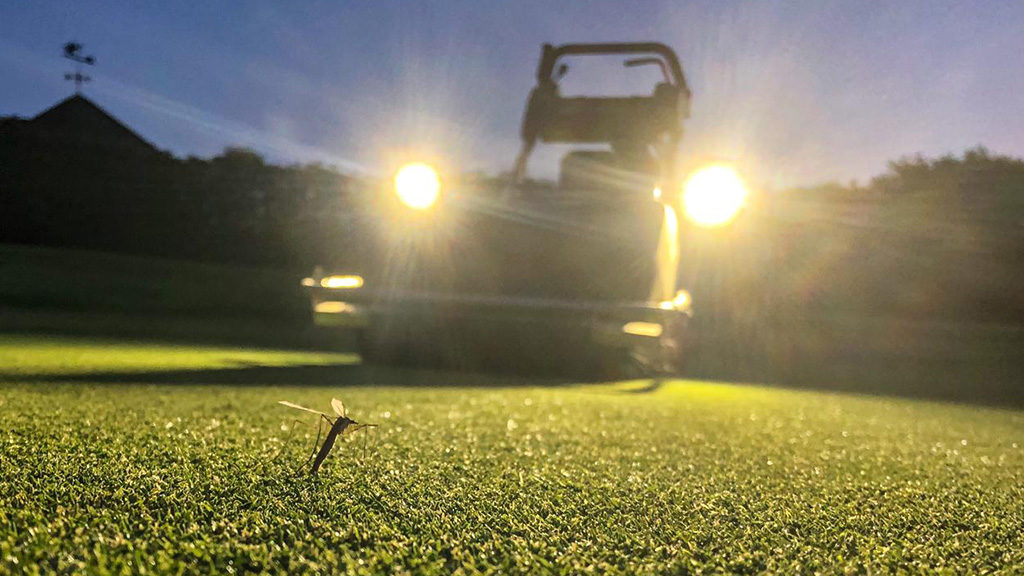
On greens, however, any damage can be far more apparent and, for many, there is little or no tolerance to the effects on playing surface quality and turf health.
It’s clear that to address the more severe cases, greenkeepers need to use a whole combination of measures to stand the best chance of achieving desired levels of control on greens. That is likely to involve a range of cultural, biological and chemical controls.
In all instances that revolves around a better knowledge of where and particularly when the larvae are active.
From the research studying levels of turf damage on UK golf courses, it was shown that, in the 2020/21 season, turf damage was typically seen after 350 Growing Degree Day (GDD) (base temp 6⁰C) from the point of peak adult cranefly activity.
Armed with that knowledge, it is possible to roll back and start preparations in advance of the point of damage. That is particularly to cultural controls and actions, to possibly change aeration practices and avoid renovation or other stressful activity on turf that might coincide with an increase in leatherjacket feeding, which could exacerbate damage and limit chance for recovery.
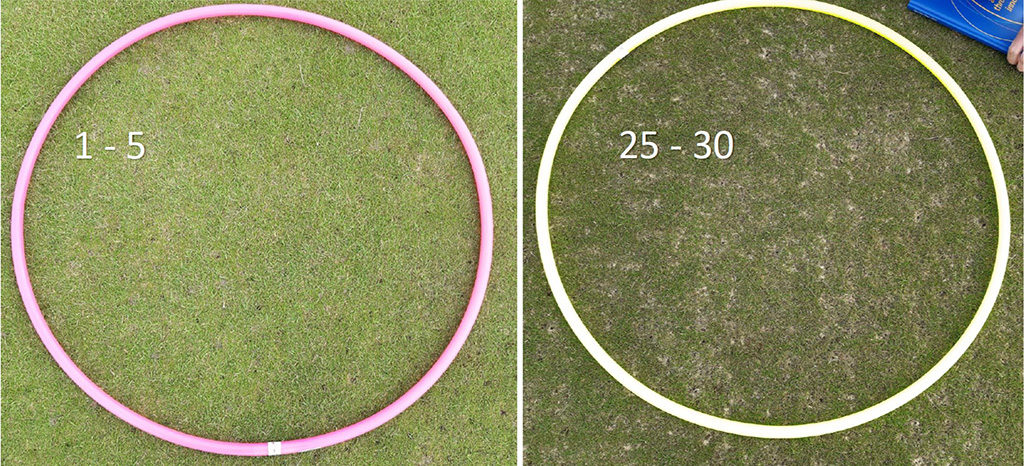
It also opens a range of proactive options that could help to prepare turf health to counter the pest’s impacts and minimise potential damage - including nutrition, height of cut, improving rooting, moisture management and biostimulants.
One of the important aspects of GDD is that it enables a far closer temperature correlation for soil pest activity across the country. Pest Tracker reports of adult crane fly have revealed there is relatively little variability in the timing of their peak flight, however there are significant differences between the observation of leatherjacket activity and damage caused, which the GDD reflects.
Furthermore, GDD identifies seasonal differences, which could become ever more important with changing climate patterns.
Extended larvae feeding activity in milder conditions, often longer into the autumn or early winter, demands an additional approach to manage damage, for example.
Knowing the feeding activity of leatherjackets could also help better timing of control applications. Pest Tracker reports indicate peak adult crane fly emergence is occurring towards the end of September – significantly later than previously thought.
Detailed analysis of larvae activity and surface quality damage now suggests in these problem situations the optimum timing for Acelepryn, when applying specifically to greens, occurred a month after peak flight timing. That resulted in consistently significant reductions in the average level of damage experienced, and bringing control down to acceptable levels.
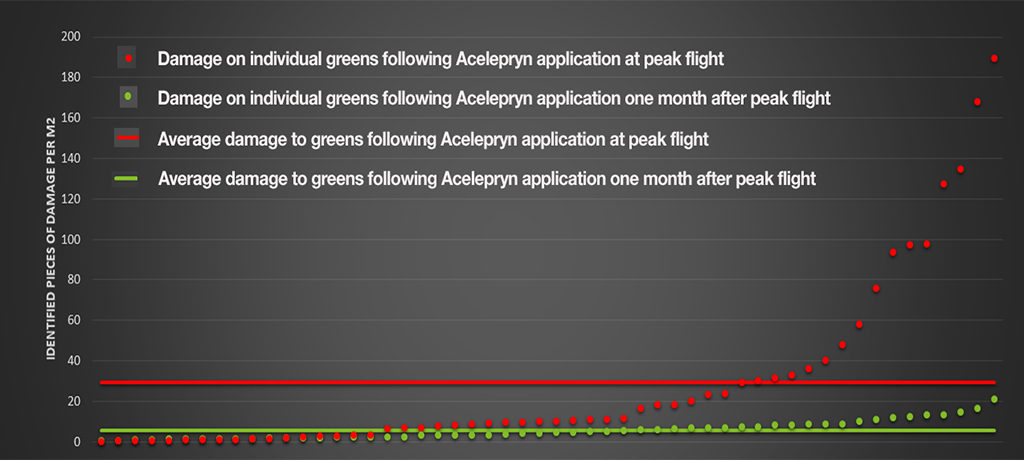
Assessment of 108 golf course greens showed that those treated with Acelepryn to coincide with peak adult crane fly activity scored an average damage level of 29.3 points per m2 (ranging from 0 to 190). Those treated a month after peak flight, however, recorded an average damage of 5.7 points per m2 (range 0 to 22). An affected area of 10 points per m2 would be deemed manageable.
The later application timing on greens is believed to have given time for crane fly eggs to hatch and for larvae to start feeding at sufficient level to ingest the required dose of Acelepryn. It differs from the current advice for fairway applications, which is to treat at peak flight of crane flies.
The research also involved detailed studies of where Acelepryn was remaining in the soil profile and at what concentration? The results confirmed initial recommendations that the product remained predominantly in the top four cm of the soil profile for a period of successive months. Soil dissipation analysis showed, for example, that four months after application on a sand construction green, 60% of the original active remained in the soil profile, with 90% of that in the top four cm.
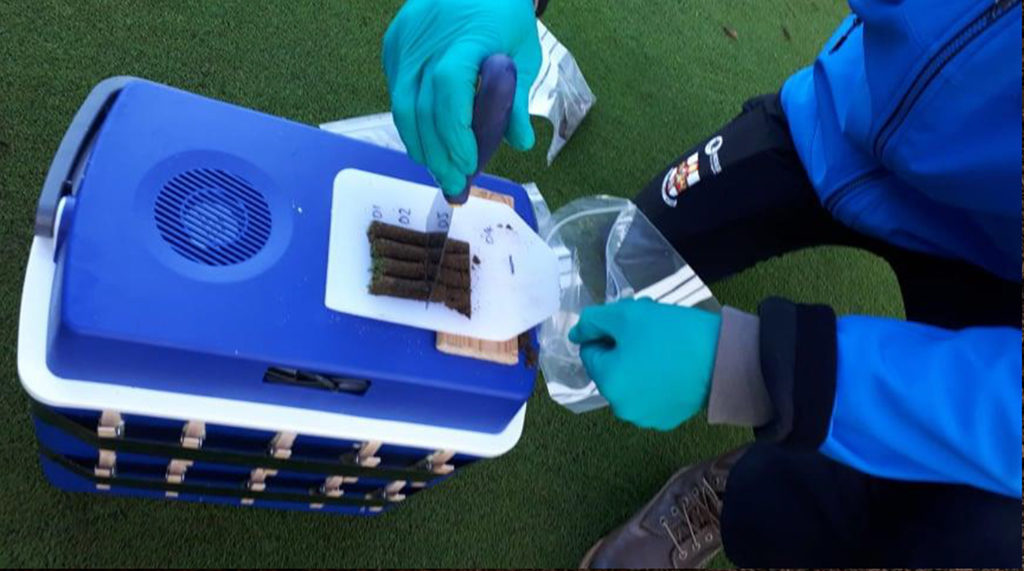
The work indicated that when larvae move up through the soil profile and feed on organic matter, they would ingest the active ingredient. That suggests the importance of understanding the nature of leatherjacket activity in the soil and the impact of soil moisture and temperature on their movement.
It also reinforces the importance of their feeding on soil organic matter as they move. If the larvae can utilise large aeration holes to move up and down to the surface to feed, for example, it is possible they may not actually come into contact with sufficient insecticide to achieve control.
Again, reference to the GDD activity trigger may give a better indication of aeration timing, or possibly aeration technique, that might involve different equipment or depth to ensure larvae remain active in the target zone.
The research showing stability in the soil has also highlighted the importance of application technique, to move the product where it is required from the outset.
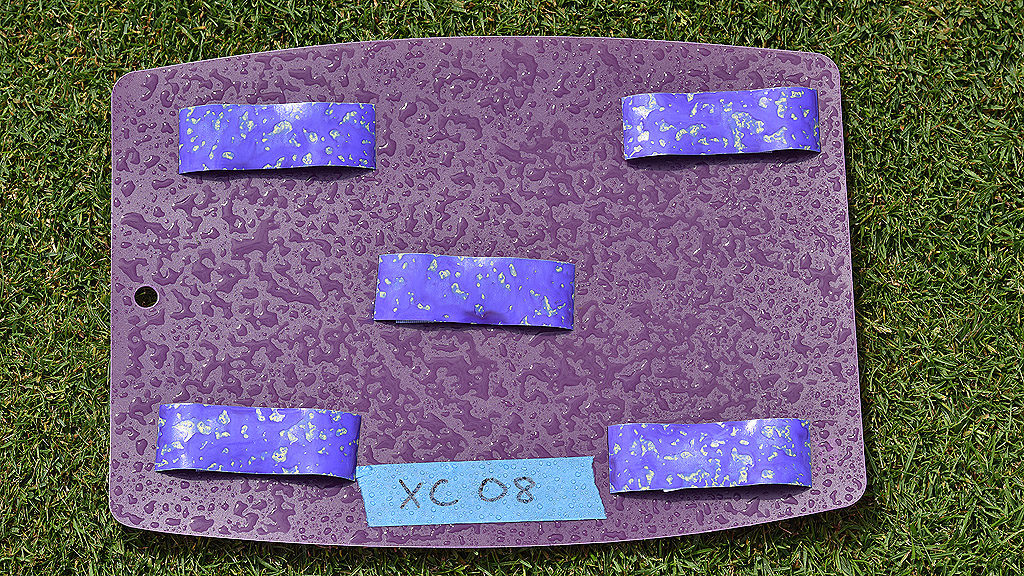
Application in a water volume of 600 – 1000 litres/ha, using white 08 XC Nozzles, and then irrigating in with an appropriate amount of water is essential. Knowledge of each specific courses irrigation system, along with infiltration rates and even contours of individual greens to move the product into the target zone, but avoid puddling or pooling, can help assure optimum results. The soil dissipation studies have also given confidence that the product will not be flushed through the soil profile.
The ongoing research is a major advance in helping to refining and tailoring recommendations for specific courses across the UK.
Further Syngenta research is now looking to involve golf courses with varying levels of leatherjacket pressure and treatment programme, to assess impacts on pest damage under three management regimes: leaving greens unaerated after crane fly peak flight; to aerate up until Christmas and then stop or to carry on as normal. Allied to that, STRI will be assessing a range of mechanical aeration options.
Better understanding of the complex interaction of all these factors is now giving the chance to reliably meet the future challenge of problematic leatherjacket situations.
Read all the resource of In Depth Greenkeeper International articles

